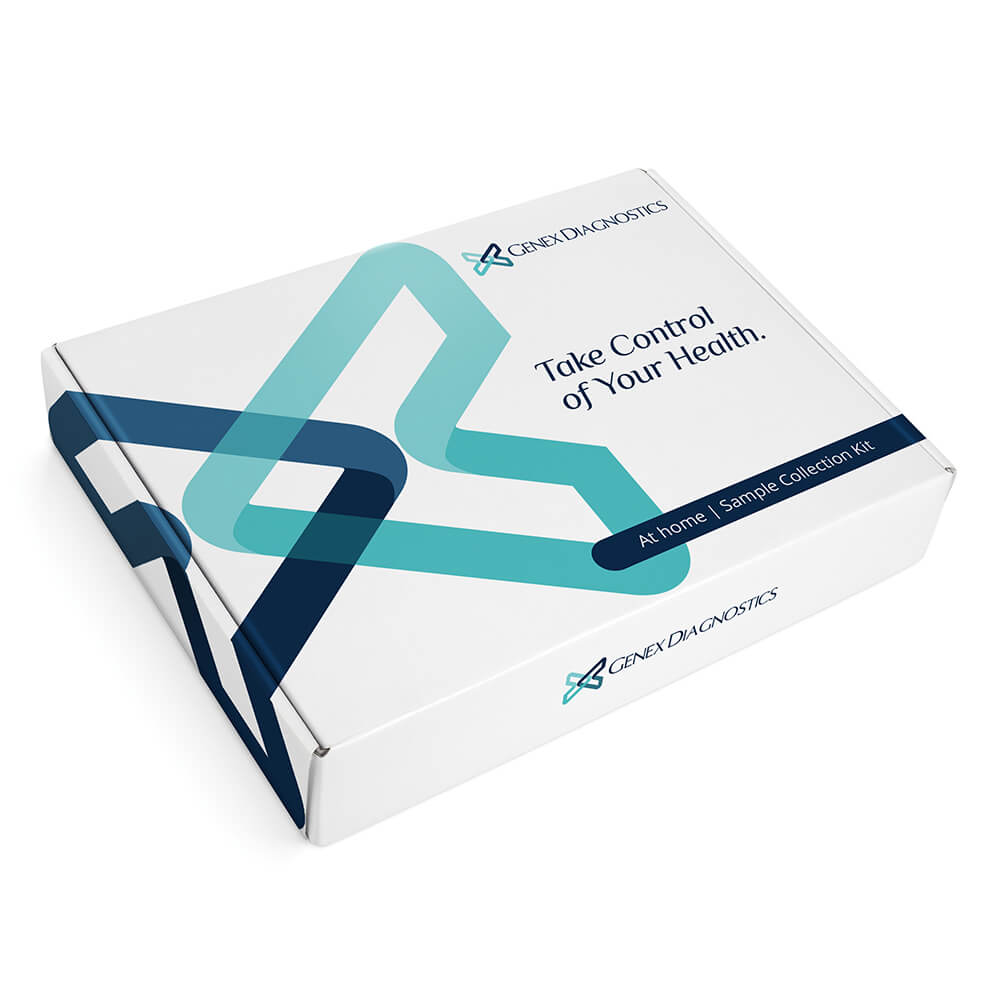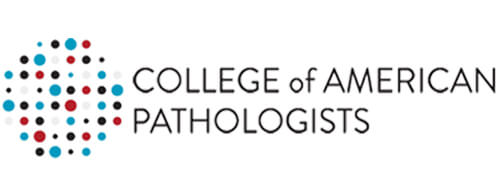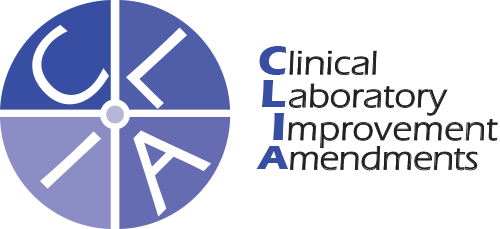Why consider this test?
You should consider getting tested if:
- You are sexually active
- You have had unprotected sex
- You are entering a new relationship
- You are experiencing symptoms of an STD
- You have had a partner with an STD
If you suspect that you have been exposed to an STD, be aware that there is a “window period” where laboratory assays are unable to detect the STD. This period differs for each STD. Most STDs can be detected with 2 to 4 weeks post-exposure, while others (such as hepatitis C and syphilis) may not be detectable until 10-12 weeks post-exposure.





